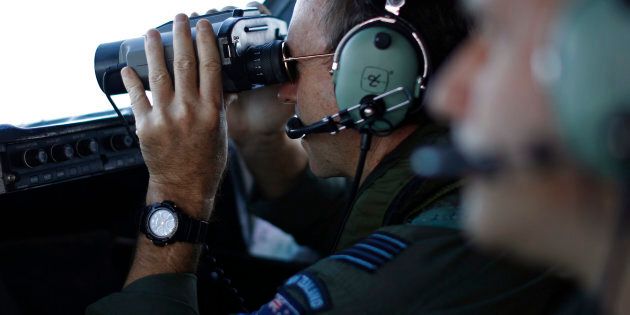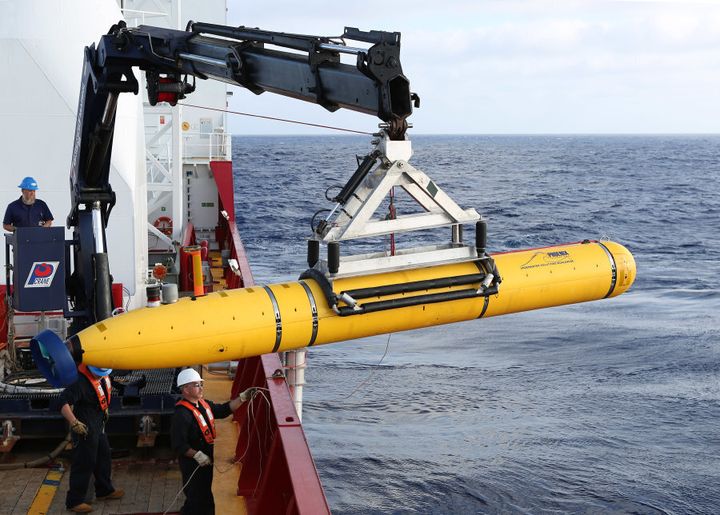
Australian investigators announced on Tuesday that they've been looking for vanished Malaysian Airlines flight MH370 in the wrong place for the last two years.
MH370 disappeared in March 2014, en route from Kuala Lumpur to Beijing, with 239 people on board. The plane's sudden disappearance captivated the world, stunned that in this day and age, a large passenger jet could simply drop off radar.
Modelling, projections and recovered pieces of the plane itself estimated that the plane may have crashed somewhere in the oceans to the north or west of Australia, so the Australian Transport Safety Bureau (ATSB) took charge of the search efforts.
The effort has searched 120,000-square kilometres of the Indian Ocean, at a reported cost of $145 million, using multiple sea vehicles to collect sonar data. There is around 10,000-square kilometres of the search zone still to be examined.
But on Tuesday the ATSB announced that finishing the search was likely futile.
"Given the high confidence in the search undertaken to date, the experts agreed that the previously defined indicative underwater area is unlikely to contain the missing aircraft," the bureau said in a report.
The search had been conducted between the latitudes of 36°S and 39.3°S, but the ATSB said drift modelling analysis led the agency to believe investigators should be searching a bit further north.
"When considered together with updated flight path modelling, the experts concluded that an unsearched area between latitudes 33°S and 36°S along the 7th arc of approximately 25,000 km², has the highest probability of containing the wreckage of the aircraft," the ATSB said.

In the report, the ATSB said the new search area "would exhaust all prospective areas for the presence of MH370".
However, transport minister Darren Chester said in the absence of "credible evidence" of the plane's location, the search for MH370 would be called off, as planned, once the current area is fully explored.
"We are very close to completing the 120,000 square kilometre underwater search area, and we remain hopeful that we will locate the aircraft. As agreed at the Tripartite Ministers meeting in Malaysia in July we will be suspending the search unless credible evidence is available that identifies the specific location of the aircraft," he said in a release.
"The search for MH370 has been the largest in aviation history and has tested the limits of technology, and the capacity of our experts and people at sea.
"Our thoughts remain with the families and loved ones of the 239 people on board."